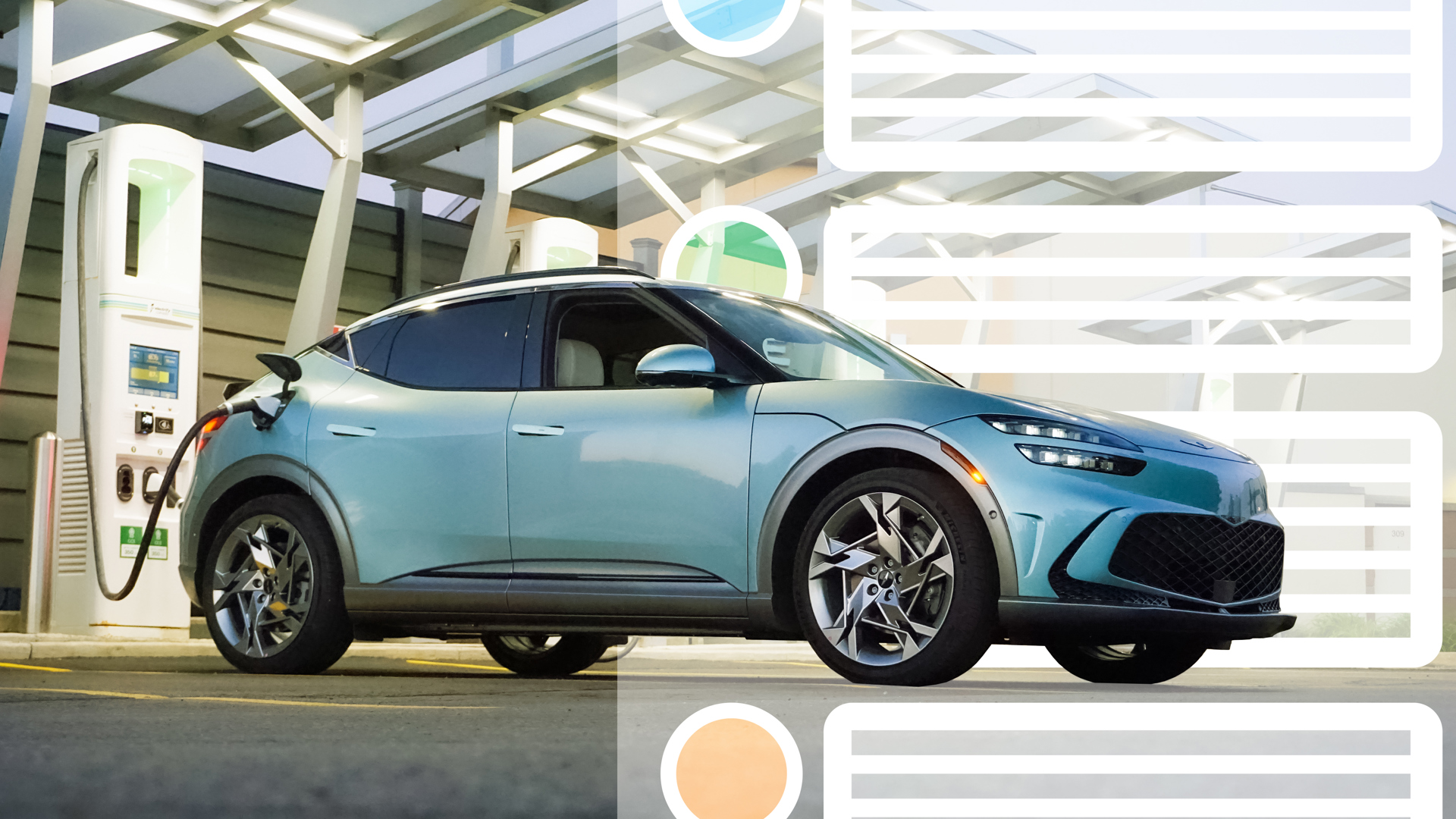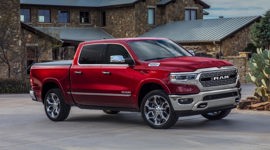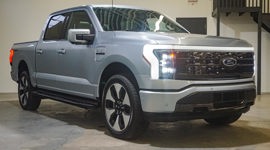Recreational outrage seems like a popular hobby these days, and a lot of commenters are engaging with very strong opinions about topics they may not fully understand.
This makes for some hilarious but concerning banter in the comments section whenever anyone mentions a vehicle that’s not powered by combustion – which they’re doing a lot of these days, because global EV sales are booming.
In fact, this article from ElectricCarsReport says that almost 1.5 million new EVs hit global roadways in 2022. In 2023, the report says sales are expected to jump another 20 per cent in 2023.
Of course, some commenters are having none of this.
“But nobody wants electric cars! These companies will go out of business!” they shout, caps lock engaged, as EV sales continue soaring to a predicted $462 billion in 2023.
Always look for fully capitalized comments, that’s how you know it’s the good stuff.
Below, I’ve chosen an assortment of EV comments left on AutoTrader videos and social media posts by people who seem misinformed or downright frightened by electric vehicles. After correcting 67 spelling and grammar mistakes and de-capitalizing a significant number of the comments themselves, I’m ready to share the following list with you.
Buckle up, we’re going for a drive down the confirmation bias freeway as we clear up some common misconceptions about EVs.
“I will never own an EV because they will become obsolete very quickly in the northern states and Canada.”
Imagine the embarrassment of automaker CEOs, technologists, product planners, chemists, engineers, programmers, and researchers at spending billions on a technological shift that’s doomed to obsolescence. Man, those executives are going to be sorry they didn’t check with Keith42069 before signing those cheques.
This commenter predicts that EVs will become obsolete in cold climates, but fails to provide a credible reason for why. In reality, many of the millions of EVs on the road today operate in northern climates and some countries colder than ours have even higher adoption rates. While it’s true that EVs don’t perform optimally in cold weather, the same is also true with internal combustion vehicles, but living with an EV in northern climates isn’t as impossible or dire as this commenter thinks it is.
“If you want to take a camping trip with your family and a trailer you’ll need a mobile generator to charge your vehicle on the way.”
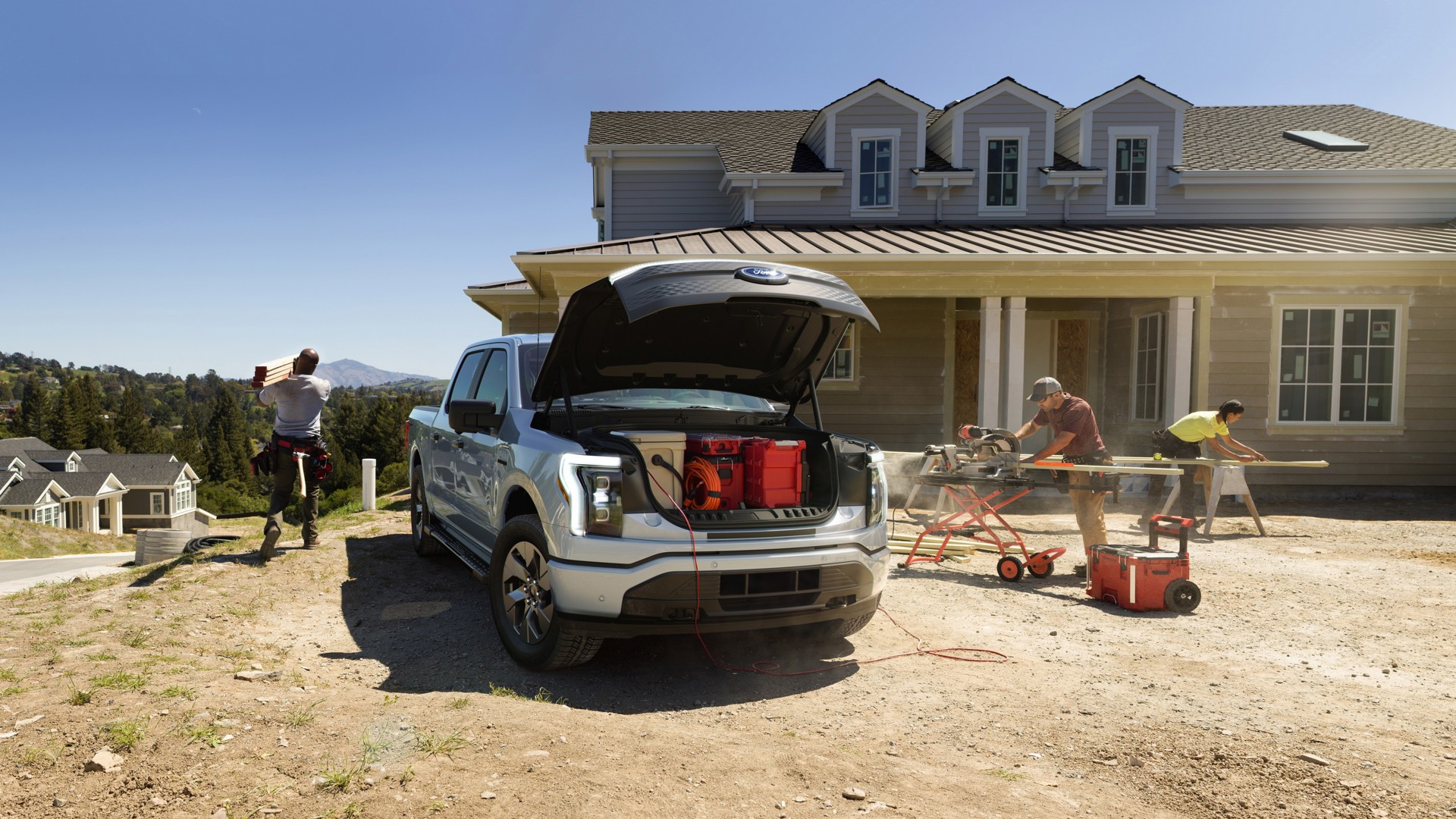
This comment is wrong on so many levels.
People who take their EV camping tend to understand their charging and travel needs and plan accordingly. Drivers can use fast-charge stations along their route if needed, charging their EV in the time it takes to stretch their legs and grab a bite to eat with their family.
By the way, if you’re camping somewhere with electrical hookups for RVs, a simple adaptor can enable you to charge your EV right at your campsite. Some EV drivers rent RV-compatible campsites for this exact purpose. Day trips away from the campsite are a no-brainer, since your battery will be charged. It will also be charged fully for your drive home. It sure beats stopping at the gas station.
Also, some EVs can export power from their battery pack, perhaps allowing your EV to power a week’s worth of lighting and appliances at your campsite after a quick charge when you run into town for some supplies. Run out for some hamburger buns, propane, and some bug spray, and return with those supplies, as well as the power you’ll need for living throughout the week, and even running appliances right from your electric car or truck.
“Just imagine the cost of electricity when everybody is using it!”
A lot of the most bogus comments on the internet start with things like “just imagine” or “what about this” or “just you wait.” They tend to be figments of the commenter’s imagination intended to be passed off as truth, although you’ll rarely find them presented with credible arguments. Why get angry about a fictional, made-up scenario?
Turns out, everybody already is using electricity. The commenter also fails to provide a credible source about when electricity costs will go up, or by how much they’ll increase.
Driving an EV for 100 kilometres can cost a tenth the amount of driving a comparable internal combustion engine (ICE) vehicle the same distance – even less if you have access to a free charger at work or while shopping. For instance, on a recent test drive of an F-150 Lightning, driving 100 kilometres added about $2 to my hydro bill, but saved me about $18 in gasoline (compared to a similar truck with 5.0-litre V8).
“Test the thing in a zero-degree winter storm then come brag!”

If you’re on this wavelength, I need you to understand that every day across the world, hundreds of thousands of EVs drive in much colder temperatures than this with zero issue whatsoever.
“If everyone goes with an electric vehicle, there will be no such thing as Off-Peak Hours.”
Some people sure are worried about things that don’t happen.
Seriously though, when will off-peak hours be cancelled? And where? Under what circumstances? Nobody knows, because this is made up.
Charging your EV during off-peak hours is cheaper than charging it during on-peak hours. Some locales have even expanded their off-peak hours, despite the rapidly growing adoption of EVs. I know this because I live in one of them.
“I tow a travel trailer over 12,000 lb and went on a 5,000-km round trip. Suggestion on EV for that? I also have a boat weighing 3,500 lb. I like to go north approximately 5 hrs to ice fish. EVs are not meant for 19/20th of our province in Ontario.”
Most EV drivers understand their towing needs and buy accordingly. Shoppers who frequently tow for long distances at cold temperatures understand this, and that’s exactly why most of them have a gas- or diesel-powered truck or SUV for such activities, alongside an EV as a fuel-saver for when towing is not required.
Remember, most EVs are part of a multi-car family, and nobody is saying that an EV will be right for every lifestyle, especially right now. It’s also important to remember that the majority of trucks on the road are not towing trailers, and that many pickup drivers don’t use their trucks for towing.
Electric pickup trucks are becoming increasingly popular with contractors who operate within city limits, since the maintenance costs are low, the fuel costs are lower, and, since it’s known exactly how far these fleet vehicles will drive, when they’ll charge.
As a business decision, a fleet of short-distance, towing-capable electric trucks may not be able to haul your sled trailer to Thunder Bay at -30°C – but will slash fuel and maintenance costs of a local fleet to nearly nil.
“Only two public charging stations in the GTA? One can then assume zero charging stations in northern Ontario.”
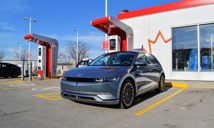
This comment is completely false: there are numerous public charging stations in the GTA and dozens in Northern Ontario – I live in Northern Ontario and literally drive past 10 or more of them on a weekly basis.
They’re almost always empty, too, since most EV drivers are charging up at home. Remember, despite the bellyaching that an EV can’t drive 850 kilometres uphill while towing a yacht at 40 below, most Canadians drive less than 60 kilometres per day.
“For some reason, AutoTrader is pushing EVs at every opportunity. It’s like someone’s paying them to do it.”
Baseless accusation alert! The automotive industry has collectively invested over $500 billion in the development of new EV technology to support rapidly growing consumer demand.
As that demand continues to grow, new products, technologies, and trends will hit the market – and AutoTrader will be covering them for our readers, who come to our website to research and buy their next vehicle. It’s our job to provide unbiased expert automotive advice, and because EVs are so new, educating Canadian car shoppers about EVs has become part of that mission.
Either it’s a mysterious conspiracy theory or more EVs on the market means more EV coverage on our site. It seems like an obvious answer.
“Does it catch fire?”
People seem to think EVs explode or spontaneously catch fire, but this is the result of some unfortunately sensationalized headlines.
According to a 2020 report by the U.S. National Fire Protection Agency (NFPA), an estimated 212,500 vehicle fires caused 560 civilian deaths and 1,500 civilian injuries during 2018.
Most vehicle fires in the U.S. occur in vehicles with gas tanks, but the vast majority of drivers never suffer a vehicle fire at all. Though figures vary slightly by source, you’re about 60 times more likely to suffer a vehicle fire in a vehicle with a combustion engine than one powered by a battery.
If you’re really worried about fires anyways, buy an electric car: statistically speaking, they’re much less likely to catch fire.
“Try charging in zero-degree temperatures, not fun.”
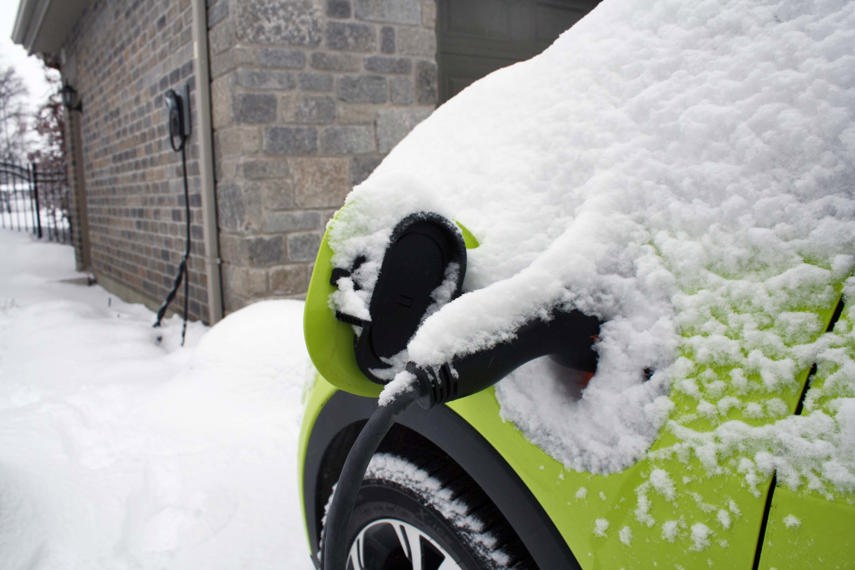
Tell us you’ve never charged an EV without telling us you’ve never charged an EV. I’m not sure about Narnia, but here in the real world, millions of EV owners charge their cars at sub-zero temperatures on the daily with no issue, especially because most are charging at home. Yes, it might be unpleasant using a public charger in the winter, but you can stay in the car with the heat running or find refuge inside a nearby coffee shop or mall. Personally, I’ve charged nearly a dozen different EVs between -20°C and -35°C, with no issue charging an empty battery overnight when connected to a Level 2 charger at home.
Also, charging an EV at the freezing mark can be a lot of fun. For instance, the last time I charged an EV at the freezing mark, I spent the evening making supper for my friends and having a video game night in my den – all while the F-150 Lightning sat in my driveway charging up.
The next morning, I arrived to a full battery, a warm cabin, and enough juice to drive over 350 kilometres in sport mode with my foot down and the heat blasting. This beats standing around in the cold waiting for my tank to fill up at a gas station.
“Battery is still going to freeze.”
Extreme cold can cause problems for all vehicle types, but an EV battery isn’t going to just freeze and leave you stranded, especially if you take even the most minor precautions. [Editor’s note: I left an EV parked outside for two days of Polar Vortex weather and returned to see that it lost just 11 km of range, which is fine considering I still had over 300 km left.]
Motorists who live in extreme cold climates are used to plugging their vehicles in, whether to a block heater or an EV charger. In the same way you might plug in your Camry at -30°C, you’ll want to keep your EV plugged in when it’s cold too. The purpose is the same: keeping things warm for a more comfortable and reliable start.
When plugged in, an EV battery can slowly and slightly charge and discharge itself to keep warm. You can also warm up the cabin this way while it’s still plugged in so it’s warm when you’re ready to leave without impacting your range.
“EVs might be practical for large urban cities and towns but are not practical for rural areas!”
Thousands of Canadians drive EVs in rural areas. They charge at home, save a lot of money on gas, never have to worry about fuel prices, and spend less time driving around for maintenance, oil changes, and gas.
If you live in a rural area and can charge at home, and if you typically drive less than a few hundred kilometres per day, driving an EV in a rural area is actually super easy and trouble-free. If you can’t charge at home, it’s definitely more of a struggle, but it’s still not impossible.

“I’m not sure why people want these, they need a $20,000 battery replacement every six years not including maintenance. On top of that, they are connected to satellite. So yes the government can turn everyone’s cars off at the flick of a switch or restrict power consumption. Wait until you need a new battery then you’ll change your mind quick.”
Some people enjoy being angry at fictional scenarios they made up. This comment contains several of these fake scenarios that have no basis in reality or facts.
The warranty on an EV battery is, at minimum, eight years. Almost nobody who drives an EV has to replace its battery. Also, consider that most leases are three years long and that internal combustion vehicles need expensive repairs and maintenance all the time, while maintenance on EVs is nearly nil. Countless EV owners have more than 200,000 kilometres of use on original batteries. Further, the technology to limit power or shut down gas-powered vehicles remotely has existed since at least 2009, and yet we haven’t seen it happen.
We’d be willing to wager a small sum that this commenter also thinks the Feds are coming for his gas-powered stove.
